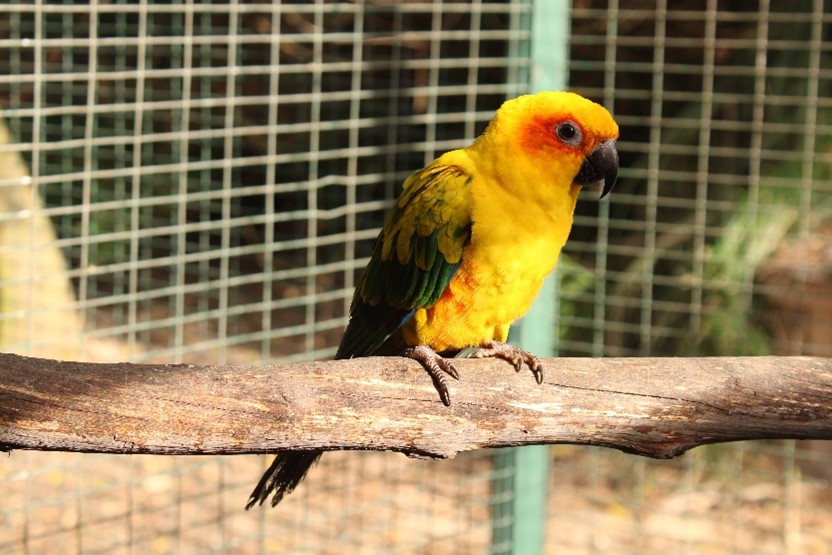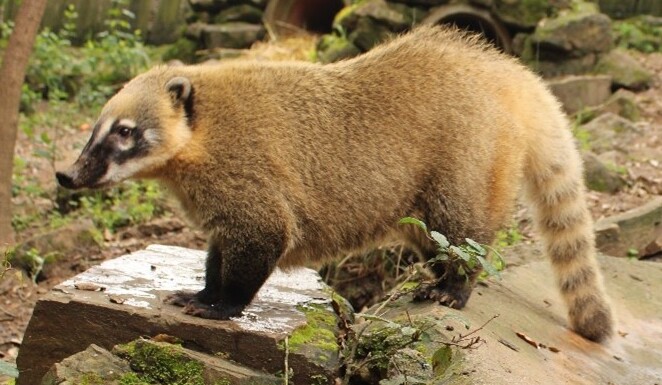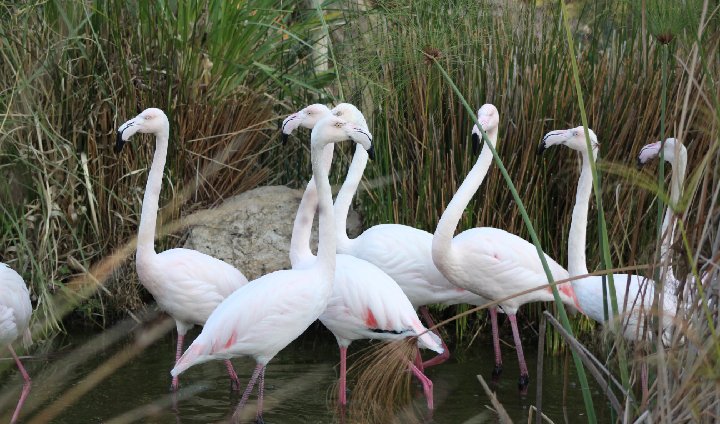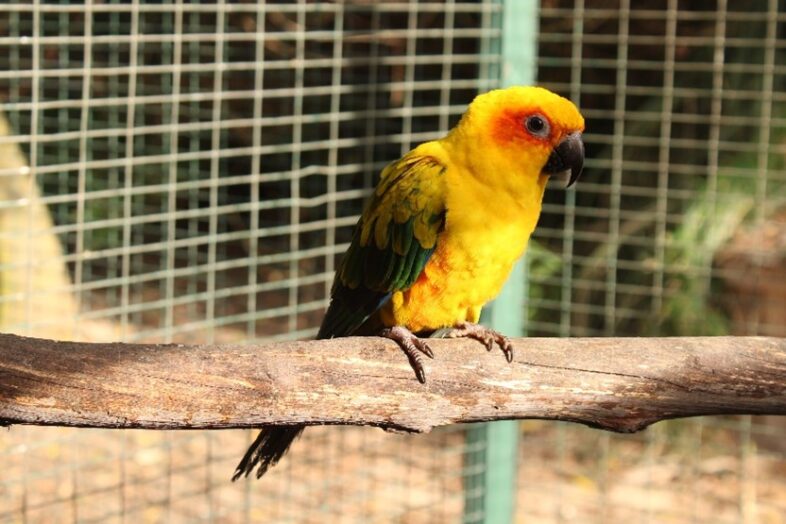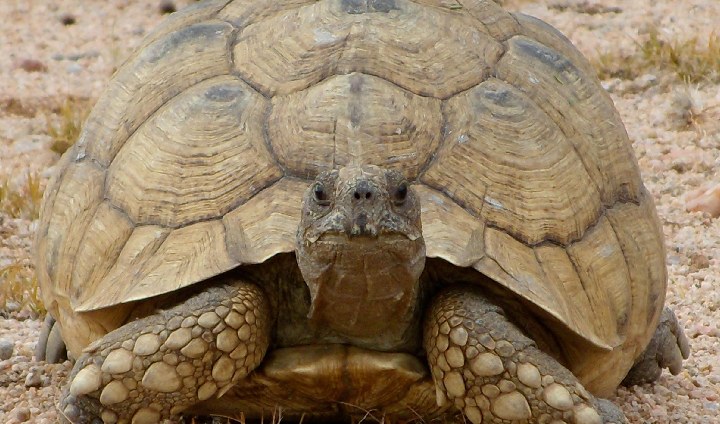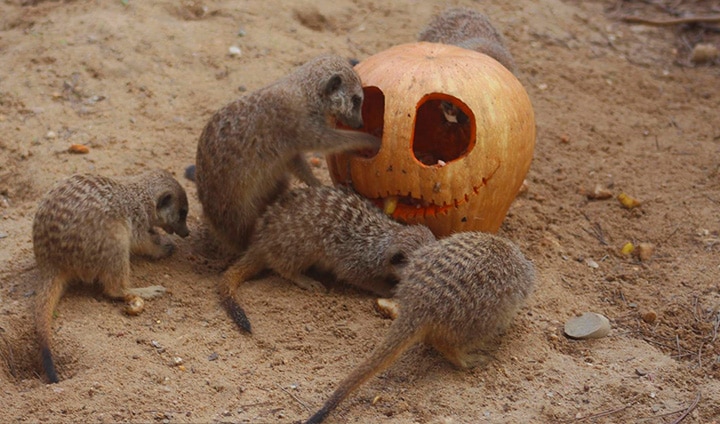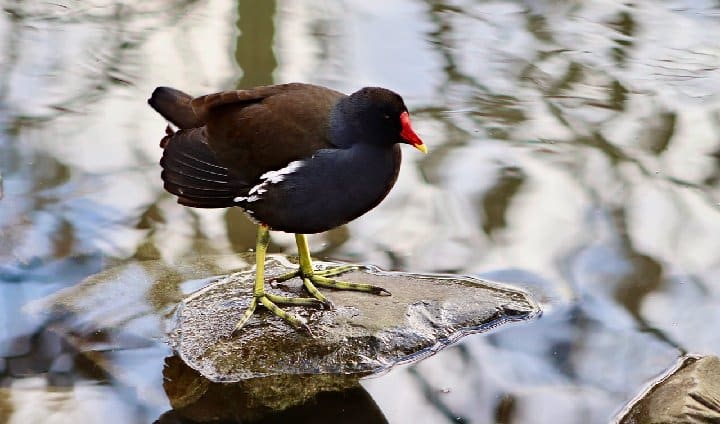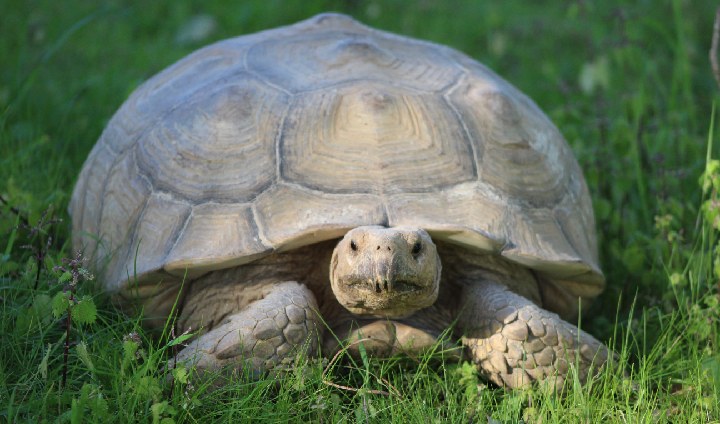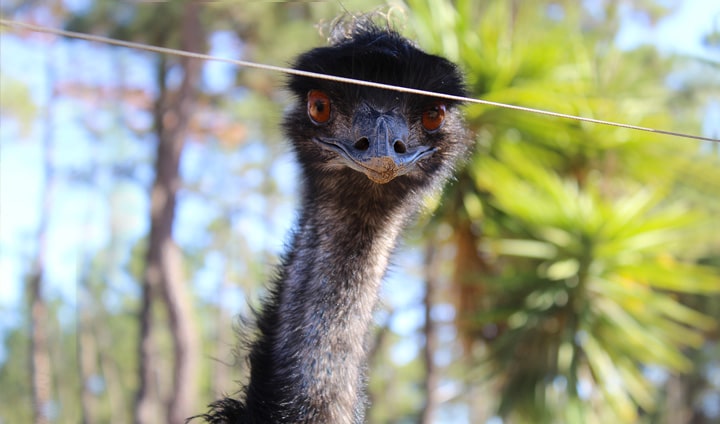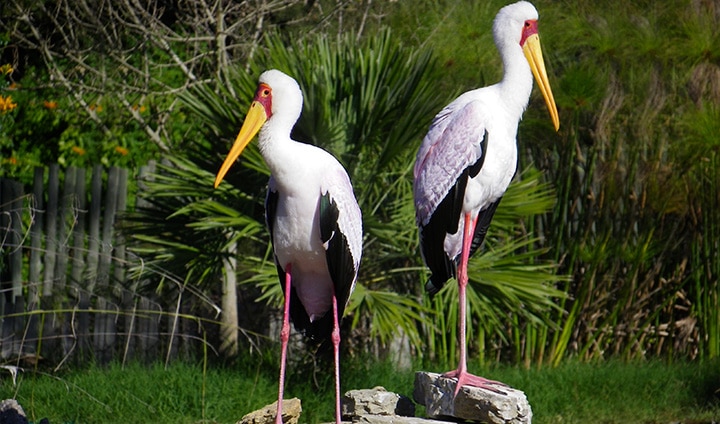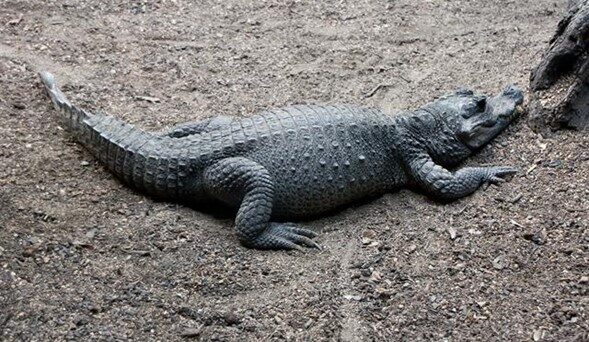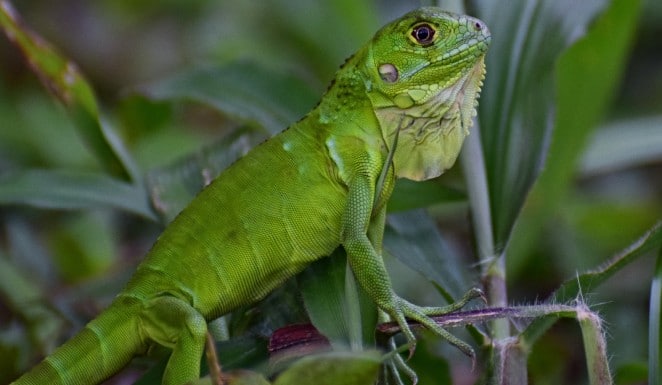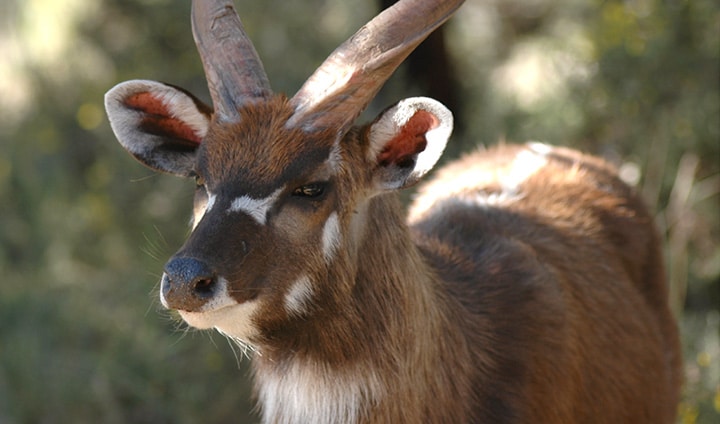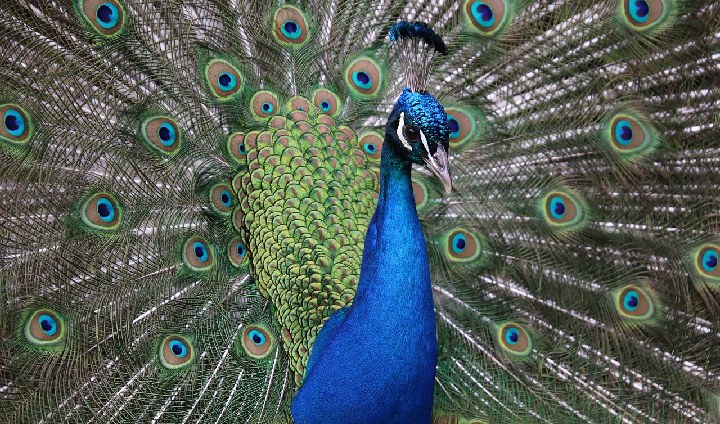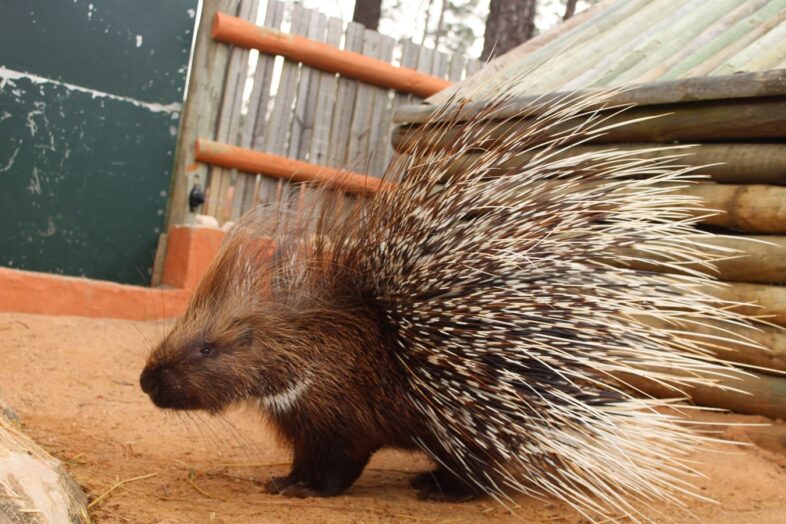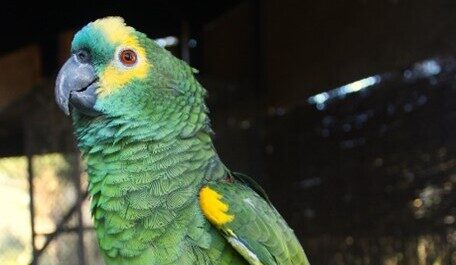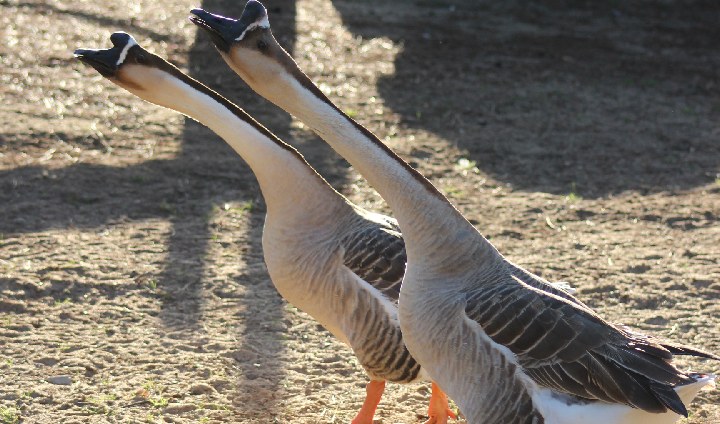Diet: Granivores and frugivores. They eat seeds, nuts, fruit, and berries.
Reproduction: They are monogamous birds that mate from August to January being the month of September the most important one. They nest 3 to 4 times per year and each nest can have 3 to 5 eggs. The eggs incubation period is 24 to 26 days and the chicks become independent 9 to 11 weeks after hatching.
Habitat: They inhabit savannas with bushes and trees and open forests in Northern and Central Eastern South America.
Conservation Status: Endangered (IUCN) Appendix II (CITES)
Behavour: Highly social birds with family groups of 3 to 30 individuals. Flocks are surprisingly quiet while feeding but are extremely noisy in flight, usually heard long before they are seen. They nest in tree holes. Only females incubate the eggs and males protect the nest against predators, such as snakes and birds of prey, by puff up their bodies, sway, and hiss at intruders
Cientific Name: Aratinga solstitialis
Class: Aves
Order: Psitaciformes
Family: Psitacideos
Dimensions: full length of 30 cm and weight of 120 up to 130 grams
Lifespan:approximately 30 years


